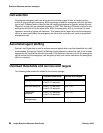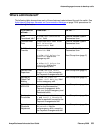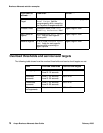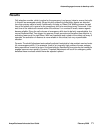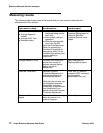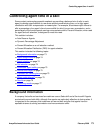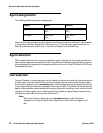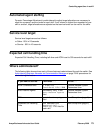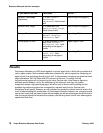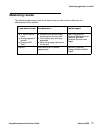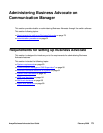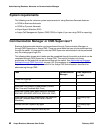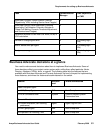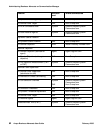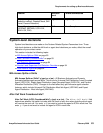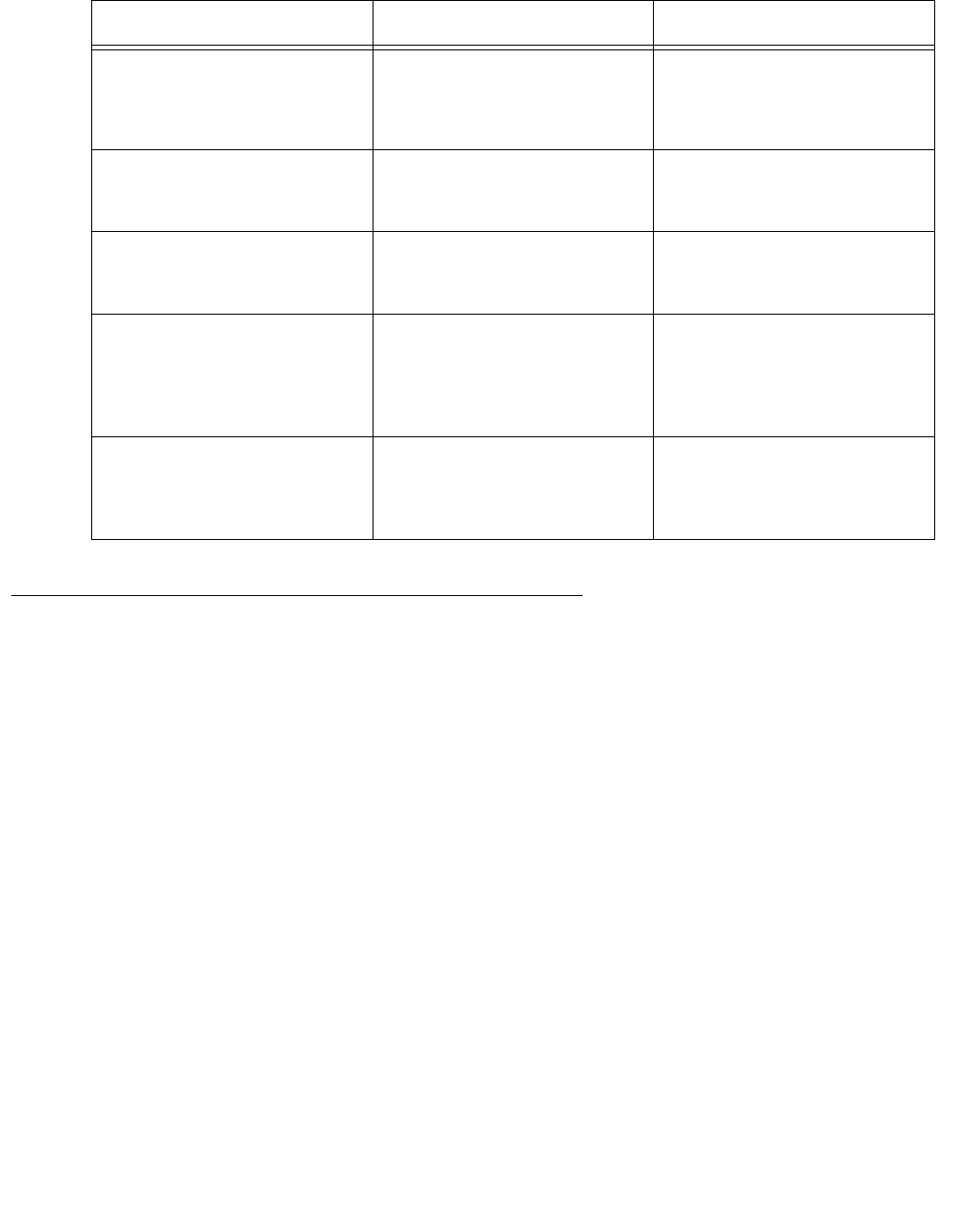
Business Advocate solution examples
76 Avaya Business Advocate User Guide February 2006
Results
Percentage Allocation and PAD work together to control agent time in skills during conditions of
call or agent surplus. Both methods make their selections for calls or agents by comparing an
agent’s work time and target allocation for a skill. In this example, all agents are given the same
target allocations: 50% for Sales and 50% percent for Service. To ensure that the
top-performing agents will not be serving too many Service calls, Auto Reserve Agents is
activated as secondary-only. By administering the feature in this way, the system
temporarily leaves a top-performing agent idle when only a Service call is waiting and the
available top performing agent has exceeded the adjusted work time for Service calls.
Allocations for all agents, however, are still adjusted as needed to maintain service levels. As a
result of administering this combination of Percentage Allocation features, the company should
see service levels that are close to their defined targets as well as actual agent work time that is
near the target allocations because the company maintaining closer control over where agents
spend their work time.
Dynamic Percentage
Adjustment
y in the Dynamic
Percentage
Adjustment field for each
skill
Hunt Group form (page 2)
Service Level Target % in seconds in the
Service Level Target
fields for each skill
Hunt Group form (page 2)
Percent Allocation
percent-allocation in
the Call Handling
Preference field
Agent LoginID form
Percentages for skills % to be allocated for each
skill in the Percent
Allocation (PA) field,
according to the agent’s
profile
Agent LoginID form
Skill Levels for Agents
1 or 2 in the Skill
Level (SL) field,
according to the agent’s
profile
Agent LoginID form
If you want to activate . . . Then enter . . . On the . . .



